Facts About Florida Oranges & Citrus
By VISIT FLORIDA staff
Citrus is an integral part of Florida’s state identity. Here are some fun and interesting Florida orange facts.
History of Citrus
Citrus has been farmed commercially in Florida groves since the mid-1800s. The first citrus was brought to the New World in 1493 by Christopher Columbus. In the mid-1500s one of the early Spanish explorers, most likely Ponce de Leon, planted the first orange trees around St. Augustine, Florida.
Florida’s unique sandy soil and subtropical climate proved to be ideal for growing the seeds that the early settlers planted and have flourished ever since. Today it is a $9 billion industry, employing nearly 76,000 Floridians.
Citrus Products
Florida growers produce several types of Florida citrus, including oranges, grapefruit and speciality fruit including Temple oranges, tangerines and tangelos.
Here are some fun facts about Florida oranges: The primary varieties are Navel, Hamlin, Pineapple, Ambersweet and Valencia. The fresh orange season typically runs from October through June.
The primary varieties of Florida grapefruit are Ruby Red, Flame, Thompson, Marsh and Duncan. The fresh grapefruit season typically runs from September through June.
Florida producers grow a handful of specialty fruit which are in season from October through April.
Florida Orange Facts: Market Share and Value
Florida is second only to Brazil in global orange juice production and the state remains the world’s leading producer of grapefruit. Florida produces more than 70 percent of the United States’ supply of citrus, with major overseas export markets including Canada, Japan, France and the U.K.
In most seasons, more than 90 percent of America’s orange juice is made from Florida-grown oranges. Nearly 87 percent of Florida citrus is processed into canned, chilled or frozen concentrated juices.

Take a tour of the citrus groves at Ridge Island Grove in Haines City
– Stephen Kubiak for VISIT FLORIDA

You can find several types of citrus for sale at Ridge Island Groves
– Stephen Kubiak for VISIT FLORIDA
Acreage and Growing Areas
In Florida, there are about 569,000 acres of citrus groves and more than 74 million citrus trees. Most citrus is grown in the southern two-thirds of the Florida peninsula, where there is low probability for a freeze. After a series of freezes in the 1980s, citrus growers gradually migrated southward from central and northern regions, although Polk County in the Central part of the state remains the top citrus producing county.
Growing and Harvesting
To harvest the fruit once it’s ripe, workers carefully hand pick the fruit and place it in large canvas bags. The bags are then placed into specialized vehicles called “goats” that bring the harvested fruit from the grove to roadside tractor-trailers. Citrus grown for fresh consumption is hauled to packinghouses where it is washed, graded and packed. Citrus produced for juice is transported by truck to processing plants for juice extraction.
There are about 40 citrus packinghouses and 20 citrus processing plants in Florida.
Florida Orange Facts: Economic Impact
The growing, packing, processing, and selling of citrus generates a nearly $9 billion per year impact on Florida’s economy. The citrus industry generates close to $1 billion in tax revenues helping support schools, highways, and healthcare services.
Nearly 76,000 Floridians work in the citrus industry or a related business—this number exceeds the total labor force in 45 of Florida’s 67 counties.
Environmental Impact
Citrus has a positive impact on Florida’s environment. A modern grove design allows for large areas of undeveloped land, providing an excellent wildlife habitat and a natural buffer between farmlands and urban development. University of Florida researchers recently observed more than 159 native species of wildlife within grove ecosystems. Research shows that for every acre of mature trees, 16.7 tons of oxygen is produced per year.
Content courtesy of the Florida Department of Citrus.

Citrus Tower Orange Grove Clermont
– Quentin Bacon

Modern citrus groves provide a habitat for wildlife and a buffer from urban development.
– Florida Department of Citrus


 United Farmers Group is a division of Machuca International Inc., a company owned by the Machuca family. For the past 35 years Alex Machuca has built a business that has expanded to include a vast array of Citrus exotic tropical fruits and vegetables from a myriad of countries around the world.
United Farmers Group is a division of Machuca International Inc., a company owned by the Machuca family. For the past 35 years Alex Machuca has built a business that has expanded to include a vast array of Citrus exotic tropical fruits and vegetables from a myriad of countries around the world. 
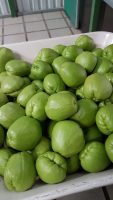
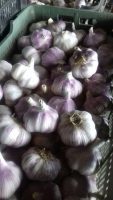
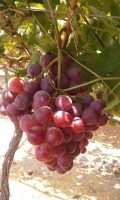

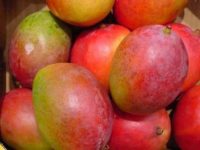

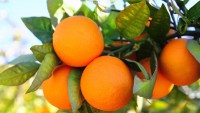


Leave a Reply
You must be logged in to post a comment.